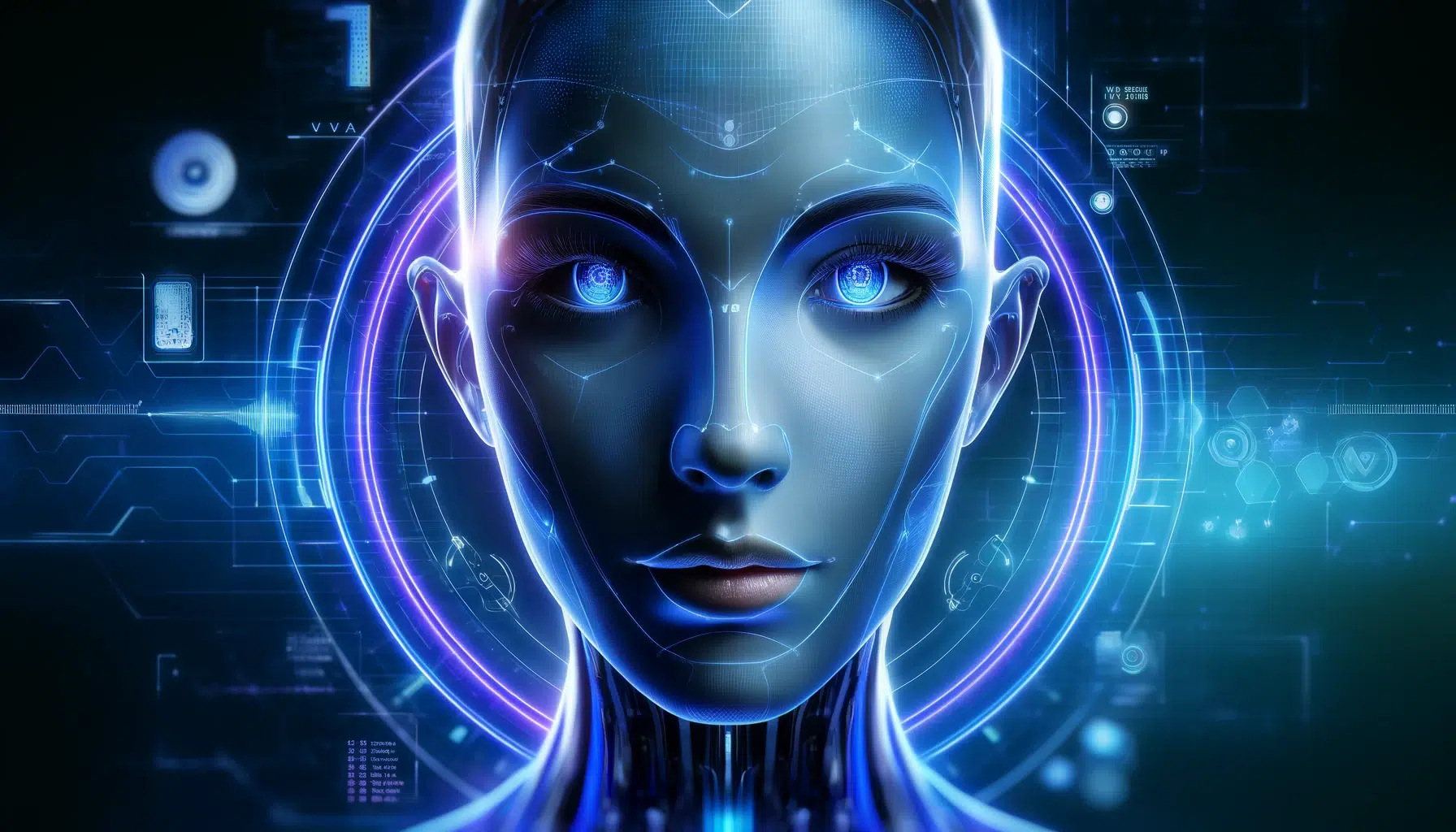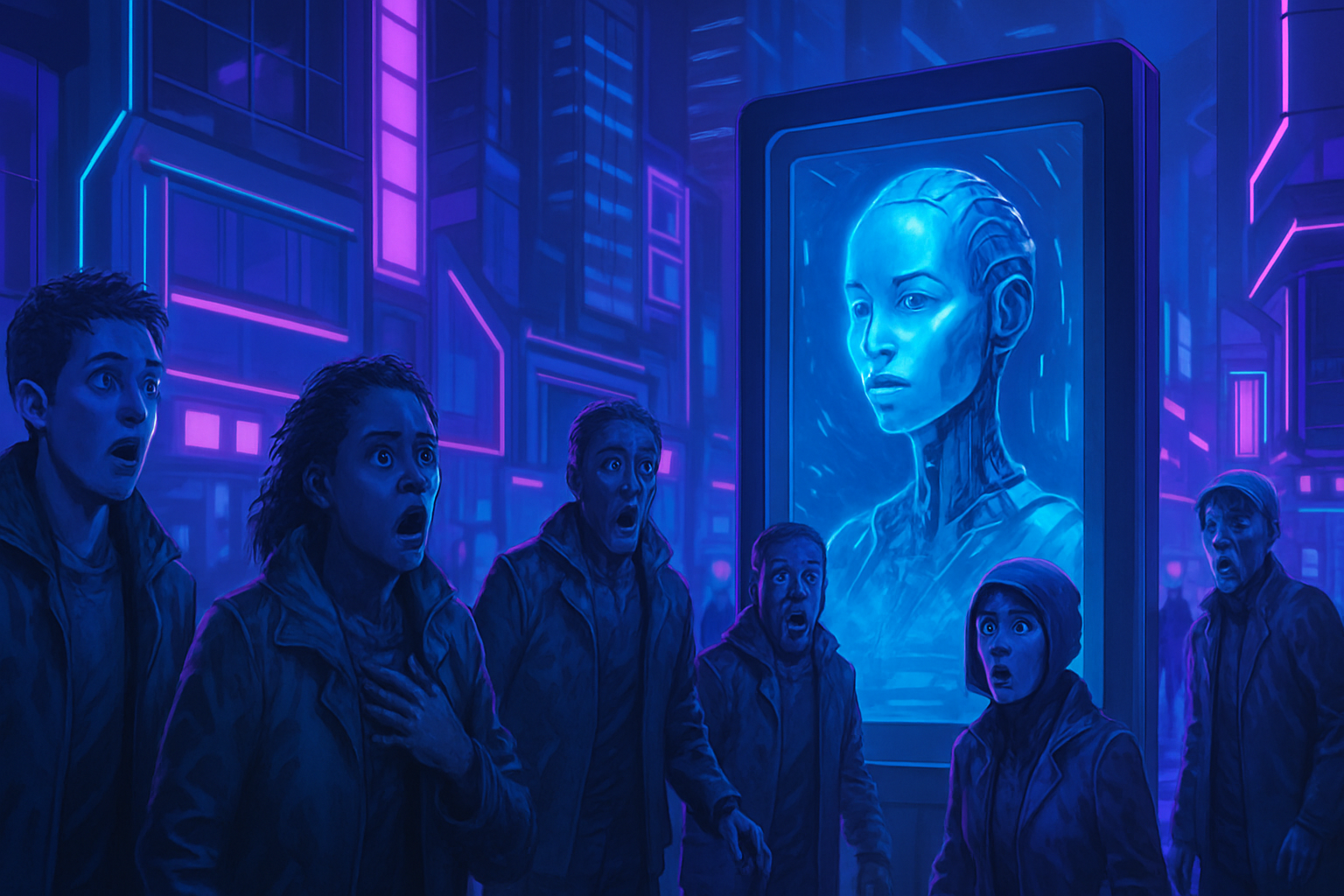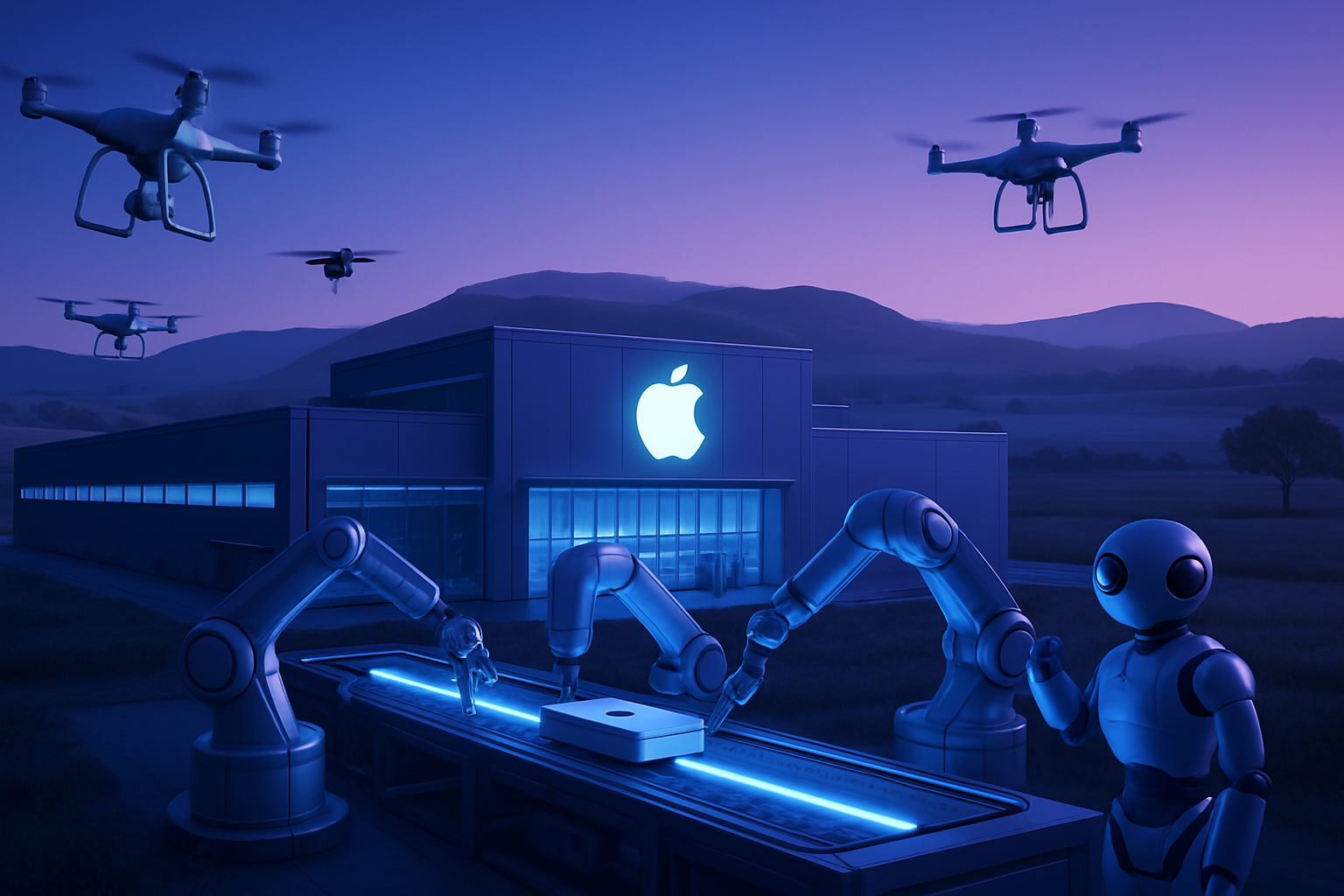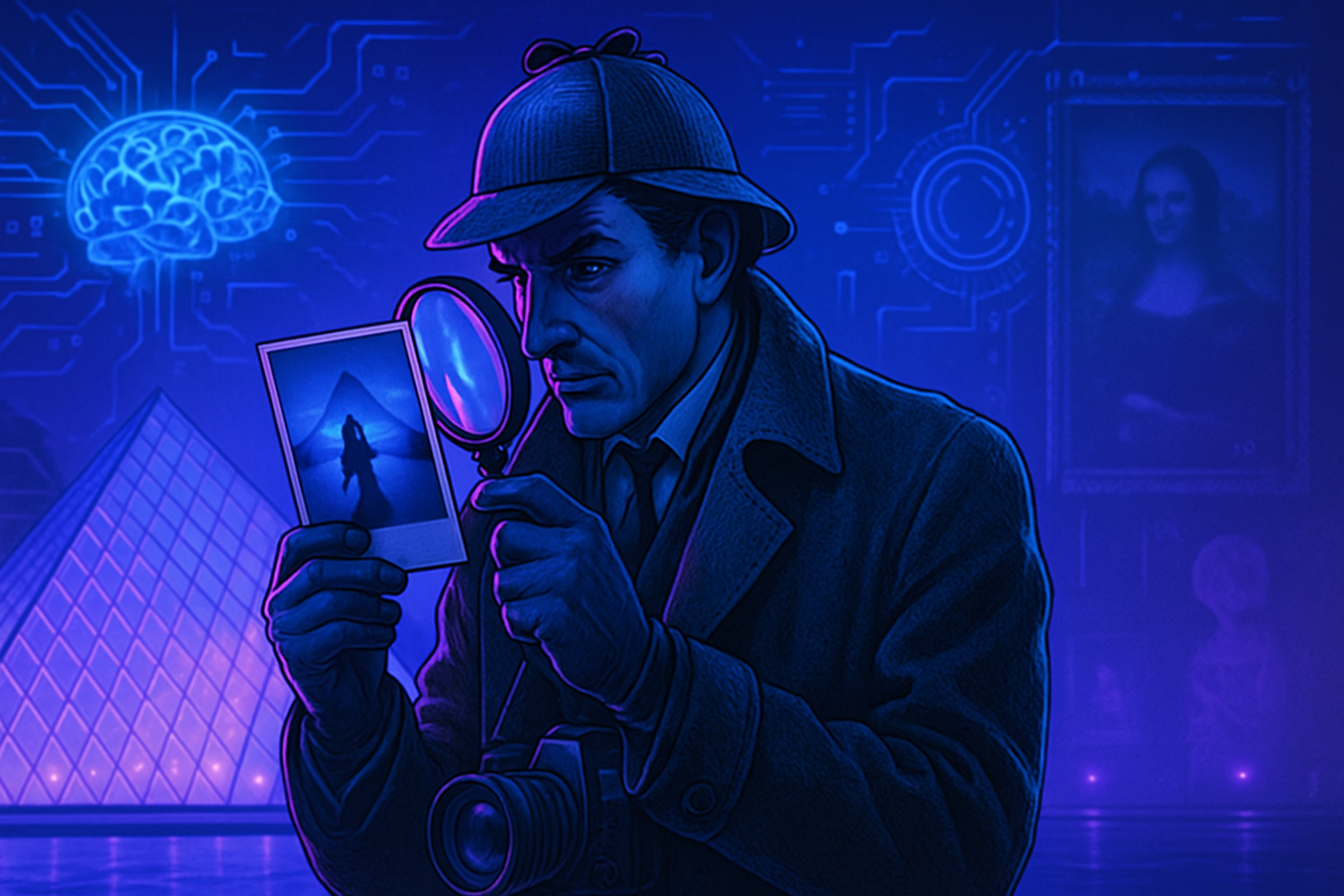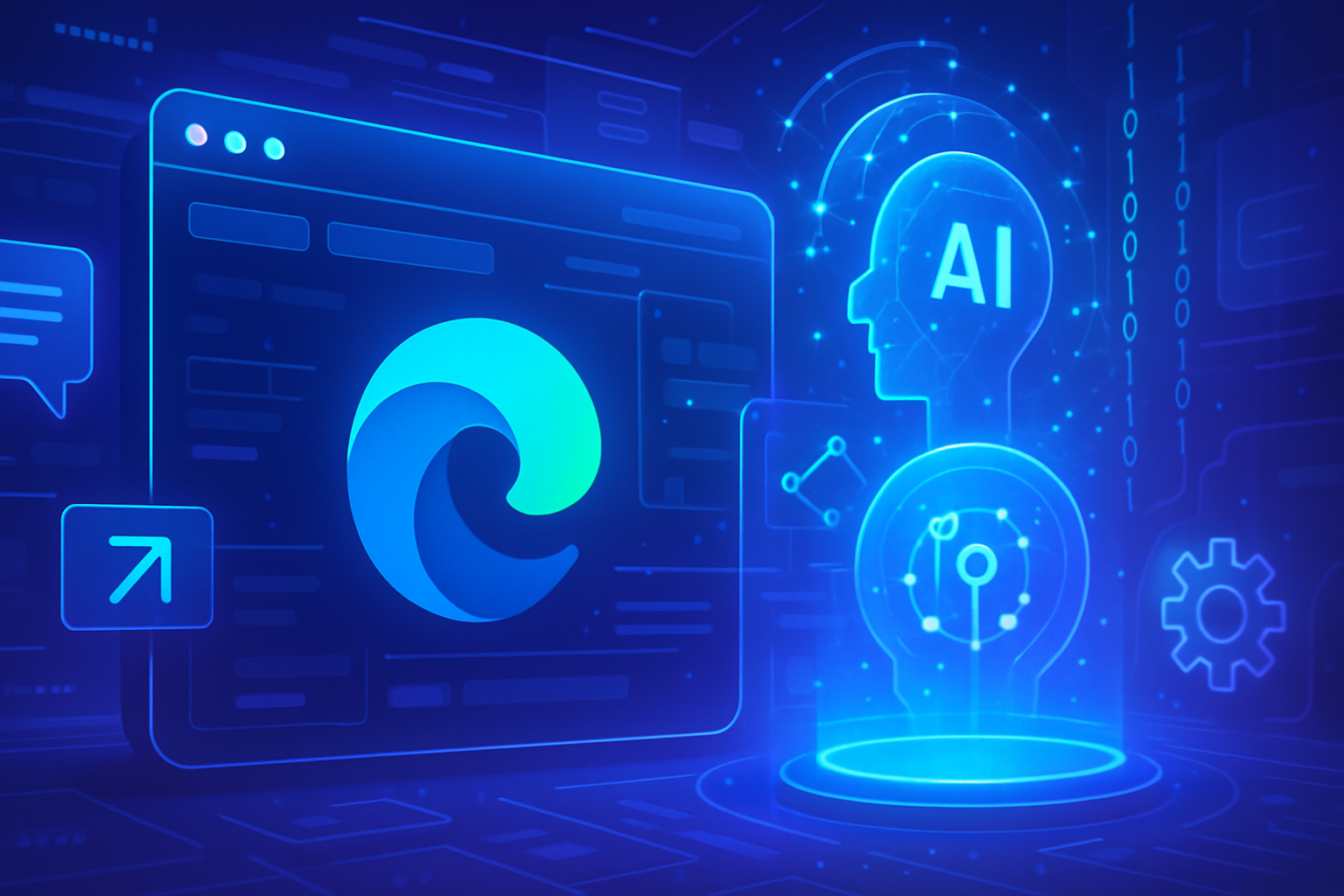VASA-1 is a revolutionary framework that uses artificial intelligence to generate ultra-realistic talking faces in real-time. This allows for the creation of videos with faces that move in perfect synchronization with the audio, natural facial expressions, and smooth head movements.
The deep learning techniques used by VASA-1
Microsoft researchers have combined several cutting-edge deep learning techniques to create VASA-1. First, they used an expressive and well-organized latent space to represent human faces. This allows the artificial intelligence to generate new faces that remain consistent with existing data.
Next, they trained a model called the Diffusion Transformer. This model is capable of generating mouth and head movements from audio and other control signals. Thanks to this technique, the faces generated by VASA-1 are incredibly realistic, with perfectly synchronized lip movements and nuanced facial expressions.
The results of VASA-1
The results obtained with VASA-1 are simply breathtaking. The faces generated by this AI are so realistic that they could be mistaken for real people. The lips move in perfect synchronization with the speech, the eyes blink and look naturally, and the eyebrows raise and furrow. It’s truly astonishing to see how VASA-1 manages to reproduce the nuances and subtleties of facial expressions.
Furthermore, VASA-1 is capable of generating high-resolution videos (512×512) at a high frame rate, up to 40 frames per second. This makes it an ideal tool for all applications requiring realistic talking avatars, such as virtual assistants, video game characters, or educational tools.
The limitations of VASA-1
Although the results obtained with VASA-1 are already impressive, there are still a few limitations to consider. For example, the model only handles the upper body and does not account for non-rigid elements such as hair or clothing. Additionally, while the generated faces are very realistic, they still cannot perfectly imitate the appearance and movements of a real person.
However, researchers continue to improve VASA-1 to make it even more versatile and expressive. They are also working on other issues, such as managing inputs that fall outside the AI’s training domain.
In summary, VASA-1 is a revolutionary framework that uses deep learning to create ultra-realistic talking faces in real-time. Thanks to its ability to replicate mouth movements, facial expressions, and head movements, VASA-1 opens up numerous possibilities in the fields of animation, video games, virtual assistance, and education.
While there are still some limitations, it is undeniable that VASA-1 represents a major advancement in the creation of realistic talking avatars. There is no doubt that this technology will continue to evolve and further improve the quality and fluidity of the generated faces.
